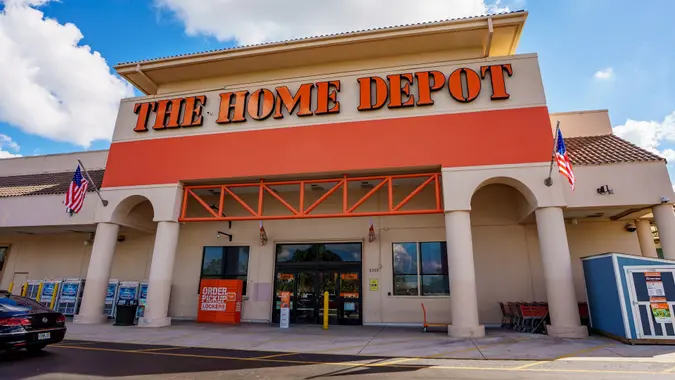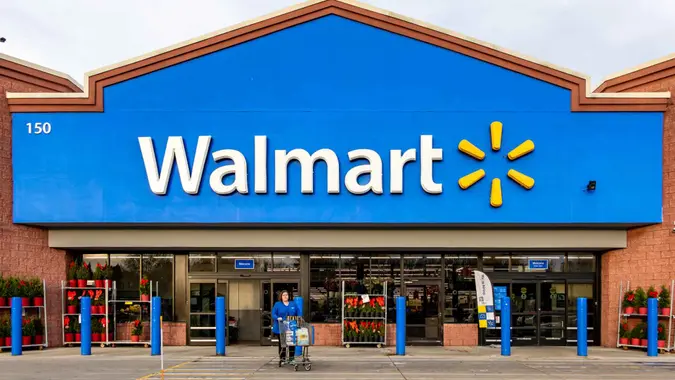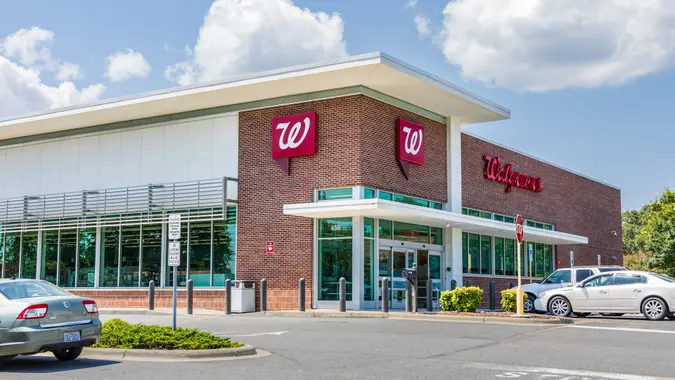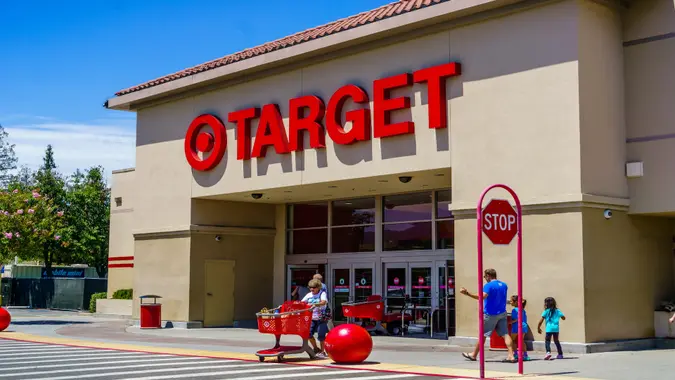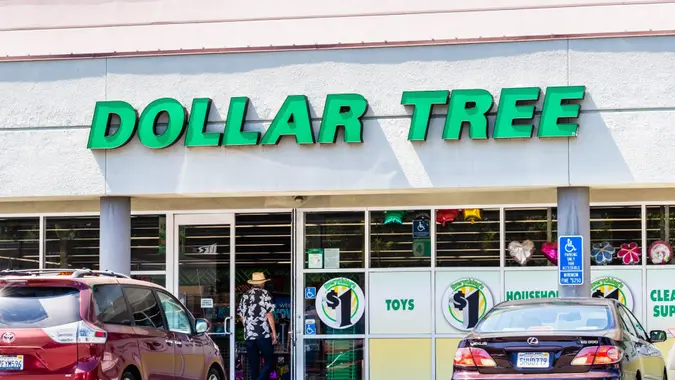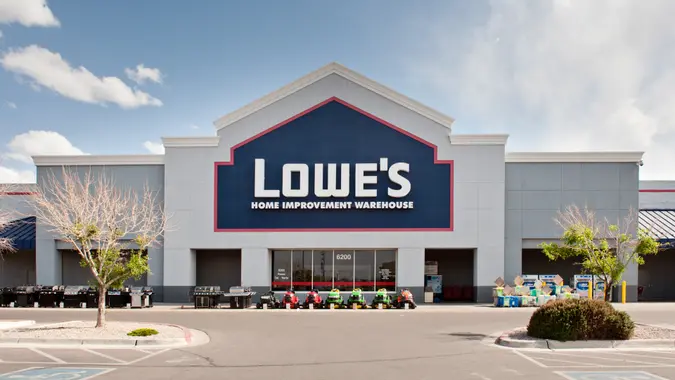Here’s Why You Can’t ‘Just Grab One Thing’ At Target — And How Much the Habit Costs You

Commitment to Our Readers
GOBankingRates' editorial team is committed to bringing you unbiased reviews and information. We use data-driven methodologies to evaluate financial products and services - our reviews and ratings are not influenced by advertisers. You can read more about our editorial guidelines and our products and services review methodology.

20 Years
Helping You Live Richer

Reviewed
by Experts

Trusted by
Millions of Readers
We’ve all been there. We go to Target with the idea of “just” buying rolls of paper towels, or a set of silverware, and end up at the register with a cart full to the brim. The so-called “Target effect” is real — and can cost you a lot of money.
Andrew Latham, CFP and director of content of SuperMoney.com explained that Target’s implementation of the “Gruen Transfer” strategies is a masterclass in retail psychology, subtly nudging customers toward making more purchases than they initially planned.
“This approach, named after architect Victor Gruen, is designed to create a shopping environment that disorients and distracts, leading to impulse buying,” said Latham.
He added that at the heart of Target’s strategy is store layout: essentials are typically located at the back of the store, requiring customers to navigate through aisles of carefully curated and aesthetically pleasing products.
“This journey not only increases the exposure to a diverse product range but also the likelihood of unplanned purchases. The store’s design often involves winding paths that encourage exploration and discovery, further drawing customers into the shopping experience,” he said.
Target also excels in its aesthetic appeal, product display, and variety of products, including exclusive collaborations with designers and unique brands, adding to the allure.
“Together, these strategies create the “Target Effect,” where customers find themselves buying more than they intended, a testament to the effectiveness of the Gruen Transfer in modern retail,” said Latham.
What can shoppers do to counter the “Target effect?”
As Austin Kilgore, analyst Achieve Center for Consumer Insights, explained, buying an extra bag of chips once a week for $5 per bag is one thing; it amounts to $260 over a year. But it’s another if you’re picking up a few items at higher price points.
“An additional $20 a week is more than $1,000. If you could allocate that $1,000 to, say, paying off credit card debt, you’d be reaping more than that $1,000 as you’d also be avoiding paying interest on that $1,000,” said Kilgore.
In turn, here are a few suggestions to help shoppers.
Put away the plastic, said Kilgore, and try bringing cash only to the store.
“If possible, carry larger bills. Studies show that people have a harder time spending and breaking larger bills than they do smaller ones,” he said.
In particular, make it a policy to avoid credit cards for discretionary expenses such as clothing, food items you don’t really need, and many hobby- and sports-related purchases.
“People who do not use debit or credit cards are less likely to throw that extra item into the shopping cart – and generally will spend 15-20% less,” he added.
Then, equip yourself with a list.
“It’s a simple, well-touted tip, but if you’re just “running out to buy one thing,” you likely don’t have a list,” he said. “Put some thought into what you need before you leave home. If you really do just one item on the list, could you make do for now?”
 Written by
Written by 










